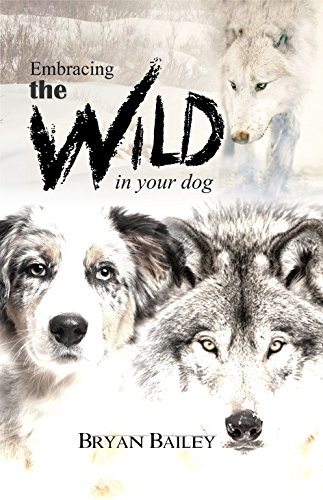First Sight: ESP and Parapsychology in Everyday Life
First Sight is not a cryptic title that connotes a spooky collection of all things psychic and paranormal. On the contrary, it reflects a title to a theory developed by Carpenter, which proposes that there is more normalcy to the psychic experience than one may expect. The reality is that the psychic experience, or psi, goes on all the time. Better defined as “the ability to affect physical events without touching them,” psi works through the unconscious processes and are actually our first sight – our first contact with the world, and where information is first gathered. Using the First Sight model that consists of two assertions about human nature and the structure of the mind, and the thirteen corollaries that explain those assertions, Carpenter presents to readers, as he states, “a revolutionary understanding of how each of us fits within the world and how we are put together within ourselves.”
Determined “to learn whether or not the stuff of parapsychology (psi) is real and if it is, how it works,” clinical psychologist and parapsychologist James C. Carpenter addresses a plethora of questions and draws from core findings of parapsychology and contemporary psychology research to get the necessary answers to back up his arguments. One key argument is that psi plays an active role in our memory, our perception, our motivation, and our creativity. To better understand how psi works, Carpenter explains that psi is divided into two parts, psychokinesis (the expression of psi information) and extrasensory perception (ESP, or the impression of psi information). Carpenter gives a practical application of that description through a simple example of a visual perception, run backward in sequence, of how psi works within every experience:
D. I see X (an attributed understanding of an experience), and I think about it.
C. Just prior to that, I experience a collection of sensations that I attempt to construe.
B. Just prior to that, sensations register subliminally.
A. Just prior to that, an extrasensory anticipation of the event (and/or a psychokinetic elicitation of the event) initiates the perceptual process.
While there is a major assumption held universally by parapsychologists, as well as critics, that “psi is a matter of unusual conscious experiences (such as precognition, clairvoyance, and telepathy),” Carpenter is careful to point out that the First Sight model specifically spells out that psi events are NOT about conscious and anomalous experiences, nor is psi a set of abilities or traits (like many psychics will claim). But rather its focus is on unconscious experiences. This is not to say that those conscious experiences are invalid. Rather people, as Carpenter states, ” who are prone to having many psychic experiences and who have some degree of control over their production would be expected to have a general intention to gain knowledge…and this intention should be relatively congruent at both a conscious and unconscious level and be consistent over time.”
Scientifically minded readers will quickly gravitate to First Sight. Carpenter’s thorough and technical analysis on a paradoxical topic sheds refreshing enlightenment not only in the field of parapsychology, but also a clearer understanding of the psychic experience in our daily lives.
| Author | |
|---|---|
| Star Count | 5/5 |
| Format | Hard |
| Page Count | 487 pages |
| Publisher | Rowman & Littlefield |
| Publish Date | 15-Mar-2012 |
| ISBN | 9781442213906 |
| Bookshop.org | Buy this Book |
| Issue | December 2014 |
| Category | Science & Nature |
| Share |








Reviews
There are no reviews yet.